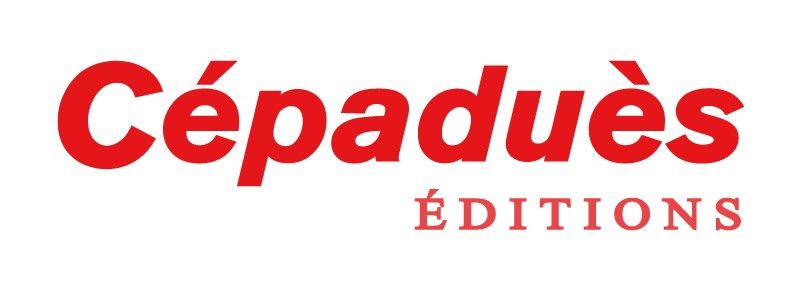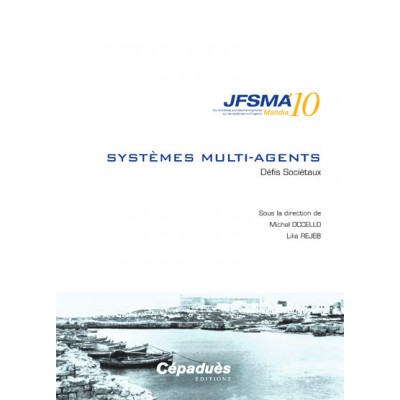Bien-être de Nash: enjeux et difficultés pour une société d'agents
L'allocation optimale de m ressources entre n
agents est un problème d'IA important pour
la négociation automatique. La question centrale
est de savoir comment les agents doivent
interagir afin d'induire une allocation de ressources
socialement optimale pour la société. Il
existe dans la littérature de nombreuses propositions
permettant d'évaluer la valeur du bienêtre
de la société en fonction du bien-être de ses
membres, en général évaluée dans ce cadre à
l'aide d'une fonction d'utilité. Parmi ces propositions,
le bien-être de Nash bénéficie de bonnes
propriétés pour une société d'agents égalitaire.
Il garantit une distribution équitable des ressources
aux agents tout en respectant leurs préférences.
On peut alors s'étonner que l'évaluation
du bien-être collectif à l'aide de la fonction
de Nash soit si peu utilisée en pratique. Dans
un premier temps, cet article illustre par de
nombreux contre-exemples les difficultés liées
au calcul de la valeur optimale du bien-être
de Nash, difficultés qui expliquent sans doute
sa faible utilisation pratique. Dans un second
temps, nous décrivons notre solution distribuée
s'appuyant sur des comportements d'agents, et
les résultats obtenus sur des instances difficiles
que notre approche “anytime” est jusqu'à présent
seule à résoudre efficacement.
The allocation of m resources between n agents
is an AI problem with a great practical interest
for automated trading. The general question
is how to configure the behavior of bargaining
agents to induce a socially optimal allocation.
The literature contains many proposals for calculating
a social welfare but the Nash welfare
seems to be the one which has the most interesting
properties for a fair agent society. It guarantees
that all resources are fairly distributed
among agents respecting their own preferences.
This article shows first that the computation of
this welfare is a difficult problem, contrary to
common intuition, illustrated by many counterexamples.
In a second step, we describe our distributed
multi-agent solution based on a specific
agent's behavior and the results we get on difficult
instances. We finally claim that this anytime
solution is the only one able to effectively address
this problem of obvious practical interest.

